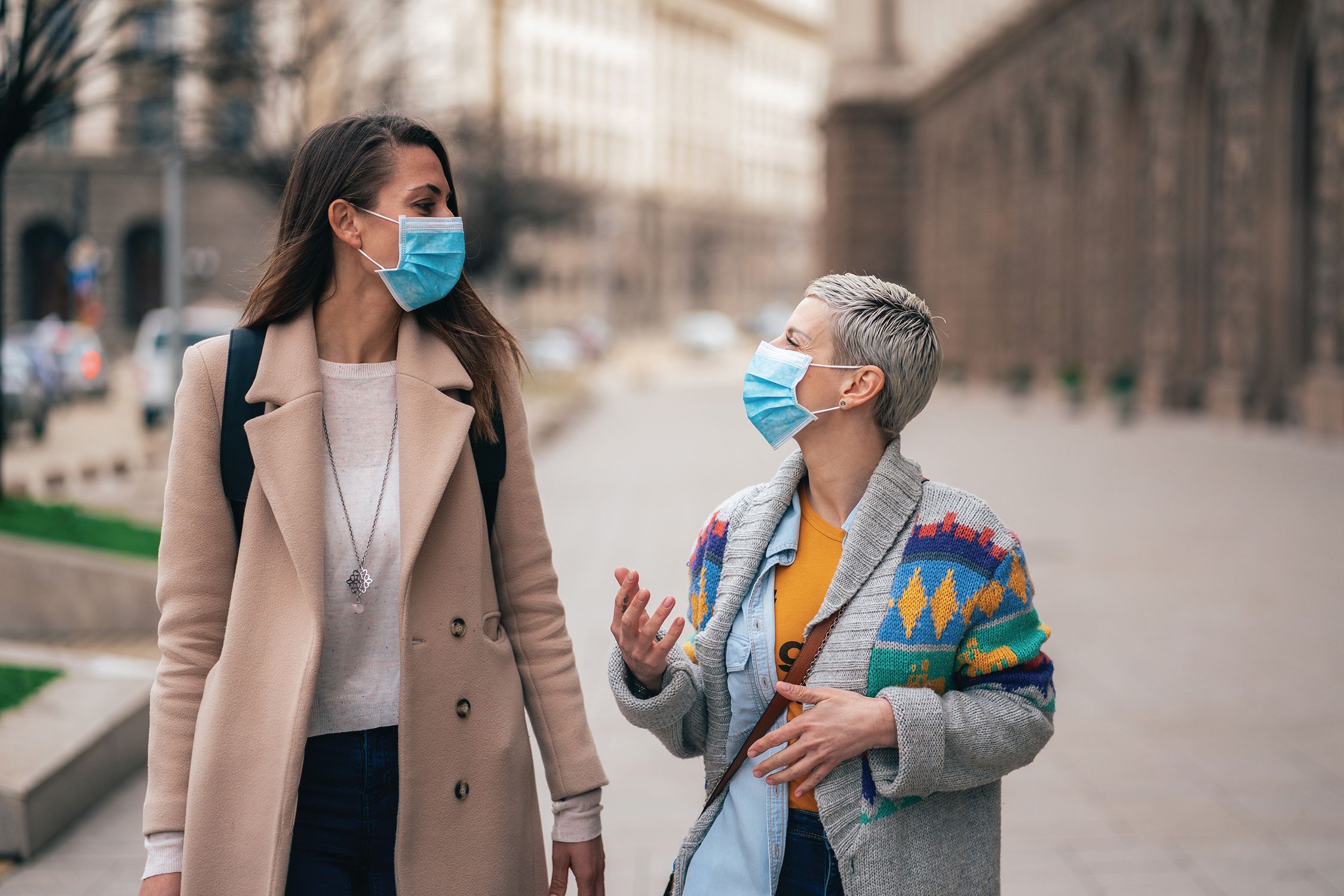Hearing Difficulties from Wearing a Mask
Tips for communicating through COVID-19
It can be challenging to communicate through masks, six-feet of social distance, physical barriers and other factors due to COVID-19. For people with hearing loss, this is an especially challenging time. In a telling sign of increased hearing difficulty, use of online hearing tests has increased 500 percent since the pandemic began.
“With COVID-19 and masks, everyday tasks are a source of frustration, such as asking a question at the grocery store deli or talking to someone from behind a customer service desk,” said Amy Bamrick, Director of Clinical Services at Buffalo Hearing & Speech Centers. She explains, “Masks reduce the loudness of the voice, muffle pronunciation, and eliminate visuals like facial expressions and lip reading.”
Data shows people who can’t hear others begin to stay away from other people, which can lead to social isolation, anxiety, and depression. People who have trouble hearing also tend to have higher hospitalization rates and longer hospital stays, according to research published in JAMA Otolaryngology, which shows that among those 55 and older who have hearing loss, 58 percent don’t use hearing aids. However, the communication challenges posed during COVID-19 are driving some to address their hearing sooner than they may have otherwise.
Bamrick offers some tips to help people hear you better:
Consider the mask you’re wearing. Clear masks provide a visual difference, but the plastic in clear masks can muffle sound too much. Bamrick says high-frequency hearing loss is common, making female voices difficult to hear. As a result, standard medical masks tend to transfer sound best. Try different masks to see what works for you.
Minimize background noise. Music, construction, other conversations, heaters, and fans can make it challenging to communicate when wearing a mask.
Avoid “cavernous” rooms. An environment with mostly hard surfaces offers minimal sound dampening and can make hearing comprehension more difficult.
Maintain eye contact. Look directly at the person you’re speaking to and speak clearly, helping them read some of your facial expressions. When using video conference services, look directly into the camera in a well-lit room and ensure you have clear picture quality to help with lip reading.
Be patient. Remember the increased challenges people with hearing loss are facing now. If communication becomes too challenging through a mask, have a backup plan such as pen and paper or a smartphone note-taking app.
Bamrick suggests talking to friends and family if you are having trouble hearing. Tell them what you’re experiencing, and be clear and direct in expressing your thoughts and feelings. Ask whether they have noticed your hearing troubles, and listen to their feedback. To take a free hearing test online visit https://buffalohearingcenter.com where you can also choose a location nearest to where you live to make an appointment to be evaluated, or call 716-885-8318 to be properly directed.












